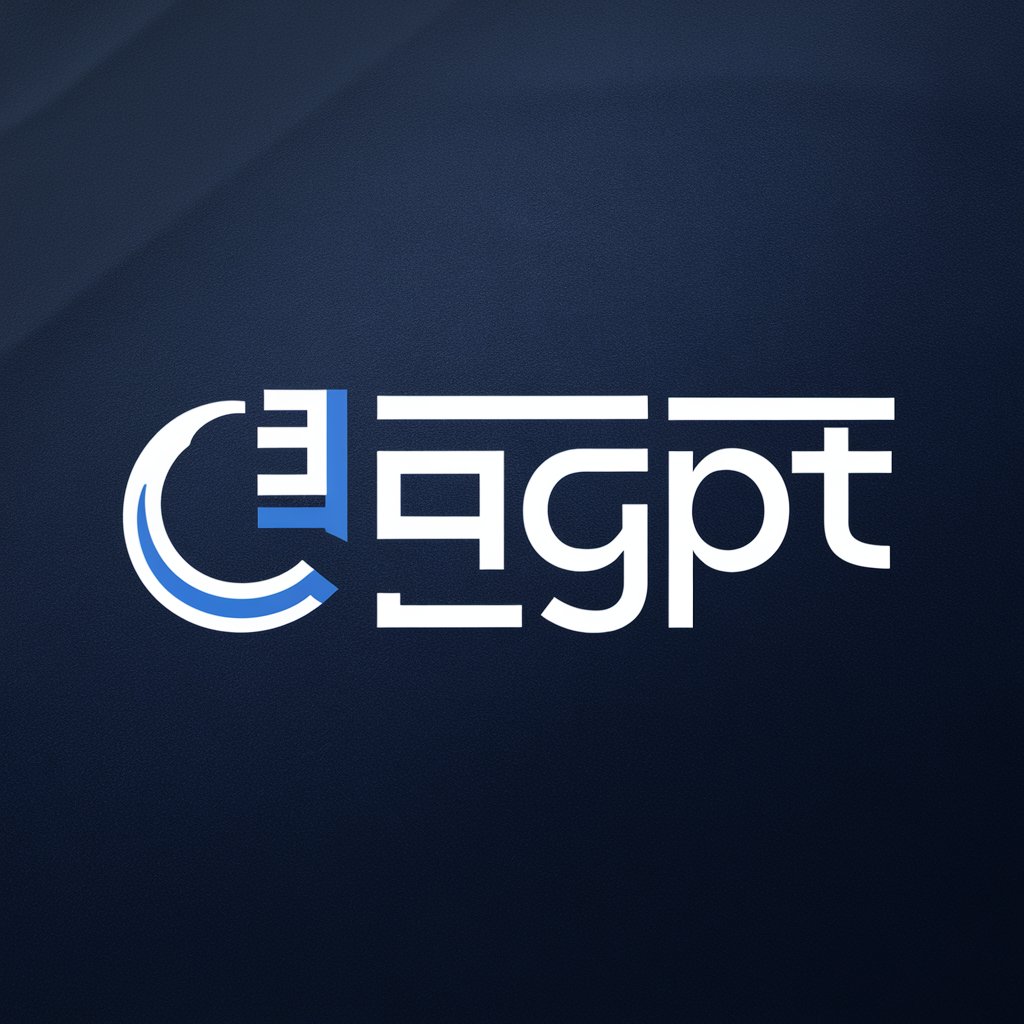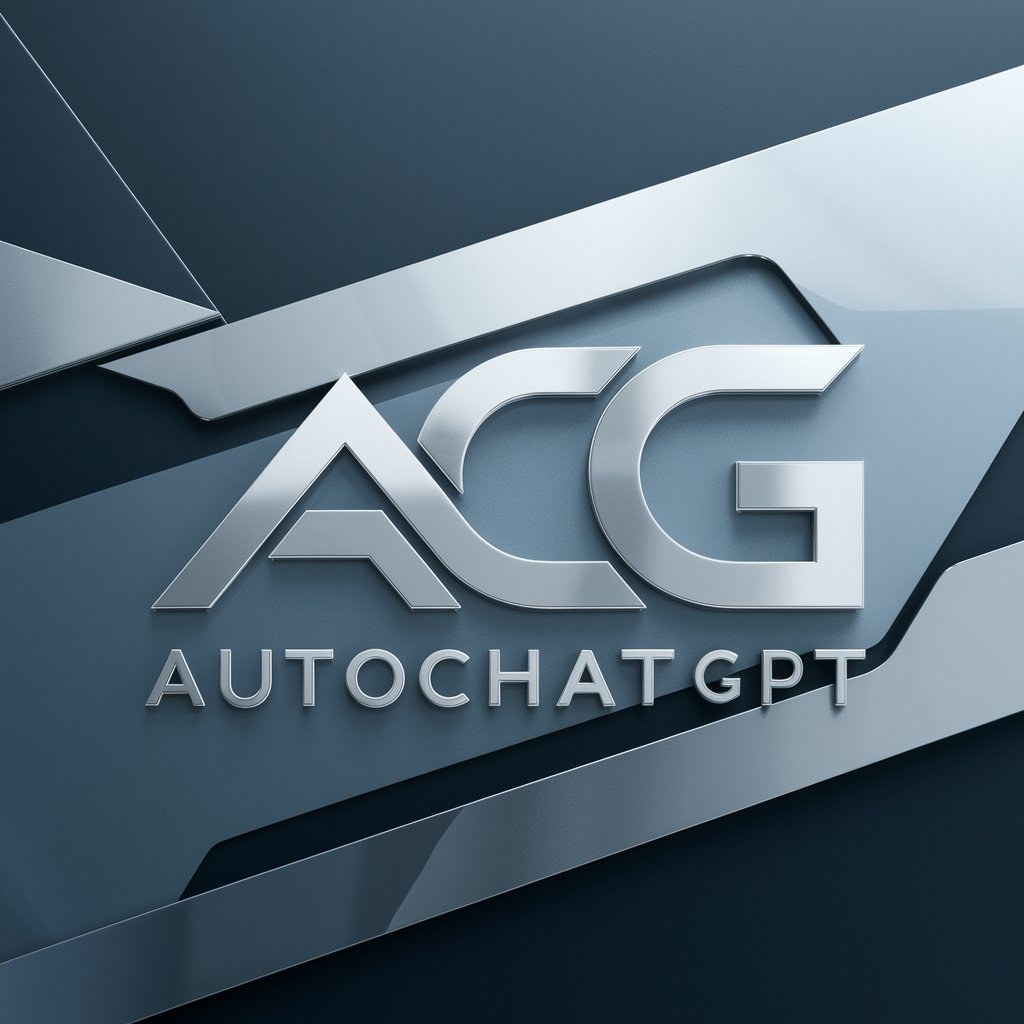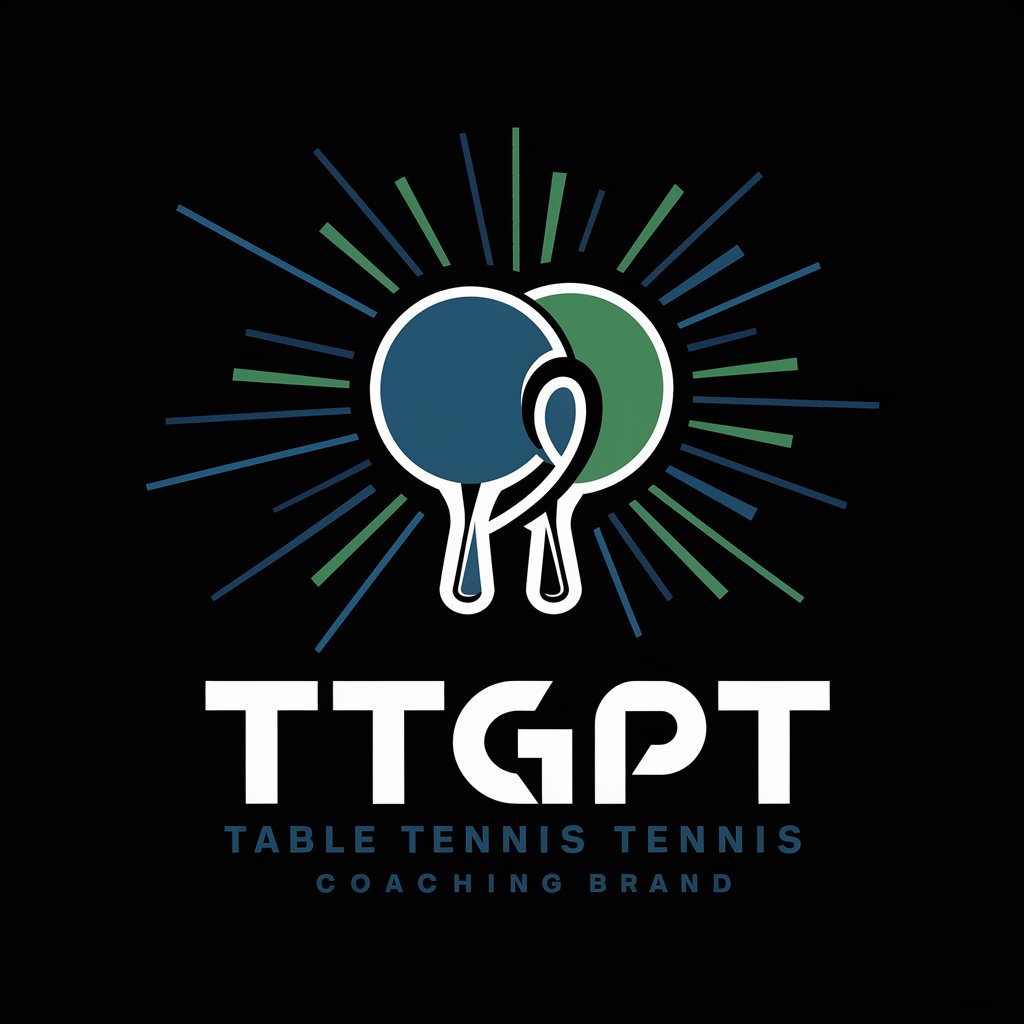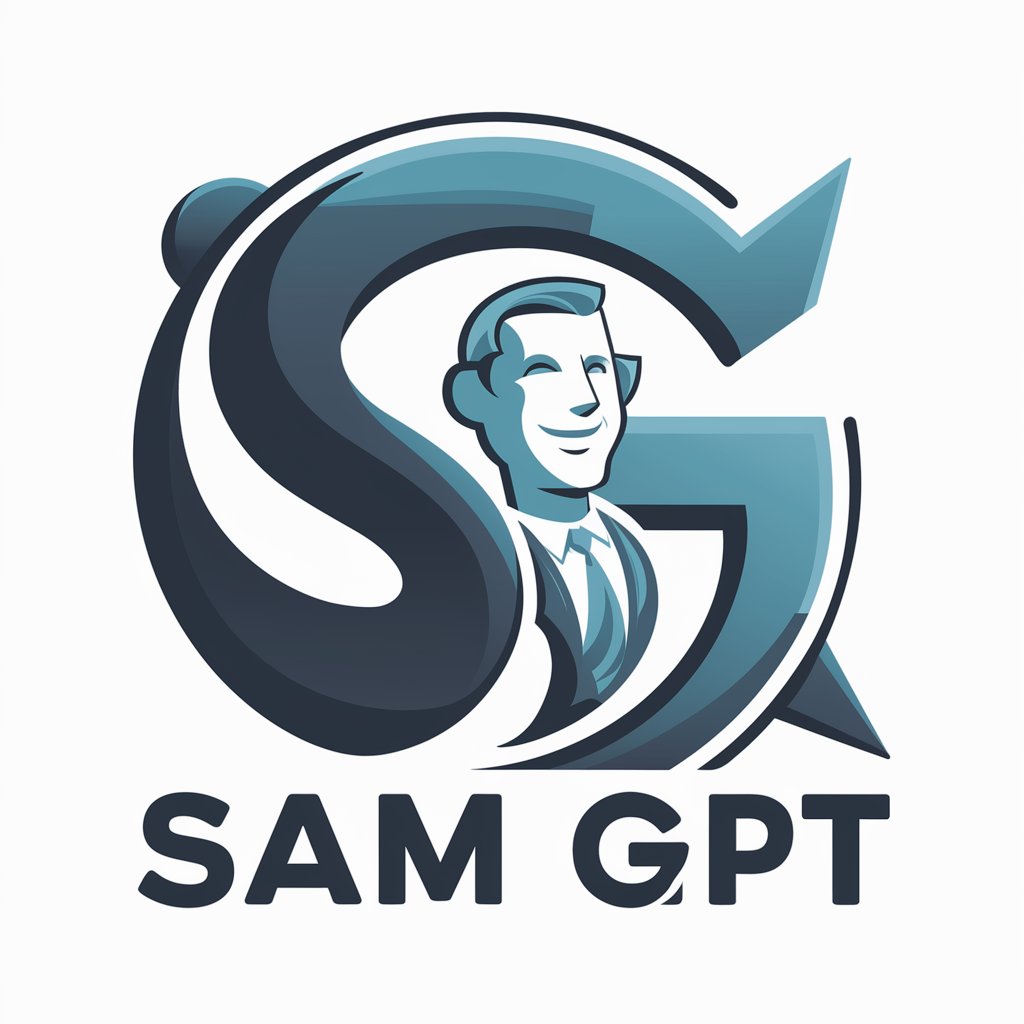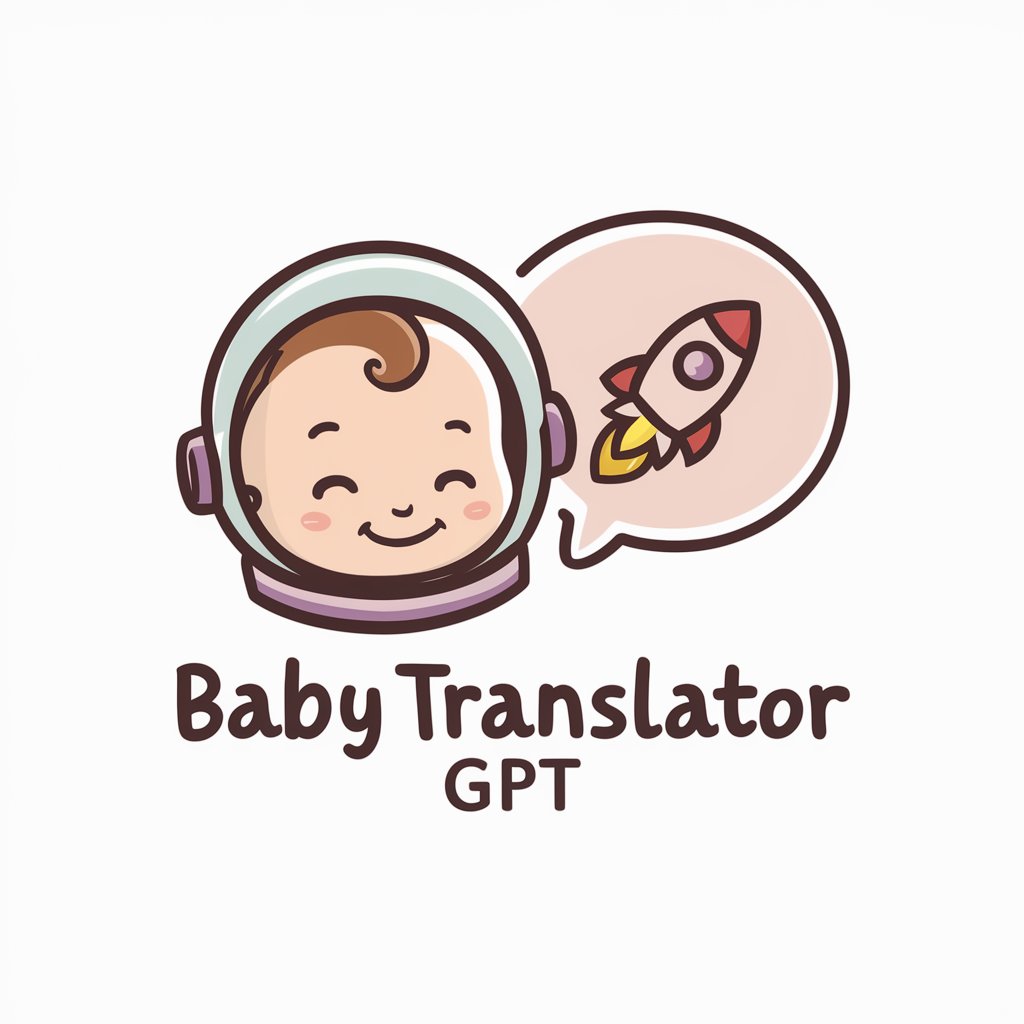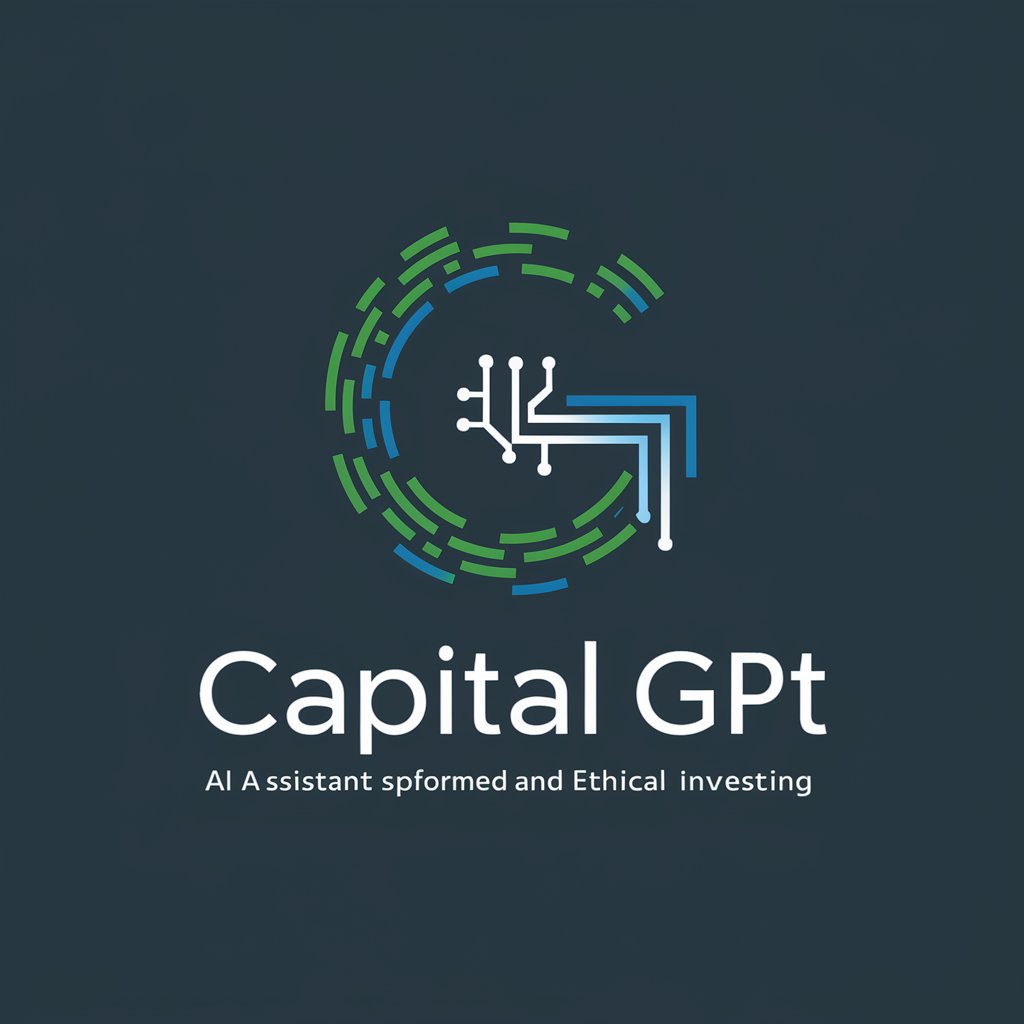
CDT GPT - Clock Drawing Test Evaluation
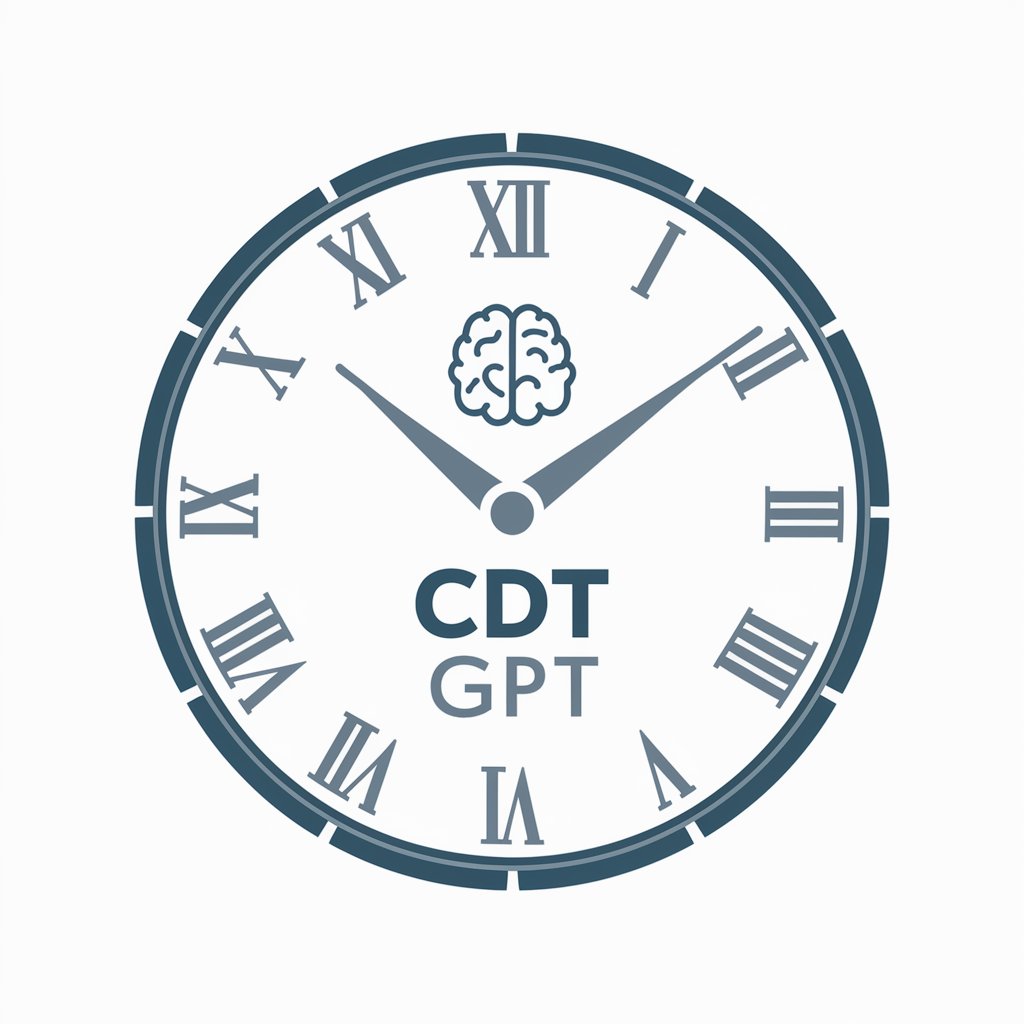
Hello! I'm here to help you evaluate Clock Drawing Tests using the BaJa Classification.
Streamlining Cognitive Assessments with AI
Evaluate this clock drawing based on the BaJa classification:
What are the steps to conduct a Clock Drawing Test?
Explain the criteria of the BaJa classification system for CDT:
How do you score a Clock Drawing Test using the BaJa system?
Get Embed Code
Introduction to CDT GPT
CDT GPT is a specialized AI designed to evaluate clock drawings using the BaJa Classification system. Its primary purpose is to assess cognitive functions related to spatial and numerical understanding, planning, and execution, which are crucial in identifying potential cognitive impairments. CDT GPT guides users through the process of submitting a clock drawing, specifies the time setting for evaluation, and then assesses the drawing based on predefined criteria. An example scenario involves a user submitting a drawing of a clock set to 11:10. CDT GPT evaluates the drawing to determine if it meets the criteria such as correct number placement, presence of two hands, and accurate time representation. Powered by ChatGPT-4o。

Main Functions of CDT GPT
Image Submission Guidance
Example
CDT GPT instructs users to submit an image of a clock drawing for evaluation, ensuring the drawing is suitable for analysis.
Scenario
A healthcare professional uses CDT GPT to collect and submit digital images of patient clock drawings for cognitive assessment.
Time Setting Specification
Example
CDT GPT requires users to specify the time displayed on the clock drawing, choosing between 11:10 and 23:20 for accurate evaluation.
Scenario
A user submits a clock drawing intended to show 11:10. CDT GPT uses this information to accurately assess the drawing's adherence to the specified time.
Evaluation Based on BaJa Classification
Example
CDT GPT evaluates the clock drawing against specific criteria such as number placement, presence and length of hands, and accuracy in time representation.
Scenario
A researcher analyzing cognitive function in a study group uses CDT GPT to evaluate participant clock drawings, applying the BaJa Classification to each submission.
Ideal Users of CDT GPT Services
Healthcare Professionals
Doctors, nurses, and therapists can use CDT GPT to quickly screen for cognitive impairments in patients, especially in settings where quick assessments are valuable.
Researchers in Cognitive Science
Academics and clinical researchers can utilize CDT GPT to analyze spatial and planning abilities in study participants, aiding in studies related to aging, dementia, and cognitive development.
Caregivers and Family Members
Individuals caring for elderly or cognitively impaired family members may use CDT GPT for preliminary assessments, guiding decisions about seeking professional medical advice.

How to Use CDT GPT
1
Access the platform at yeschat.ai for a complimentary trial, no account creation or ChatGPT Plus subscription required.
2
Submit a clear image of a clock drawing for evaluation, ensuring the image is in JPEG or PNG format.
3
Specify the intended time display on the clock drawing, choosing either 11:10 AM or 11:20 PM for the assessment.
4
Review the evaluation criteria based on the BaJa Classification system, which focuses on number placement, hand presence and positioning, and hand length differentiation.
5
Receive and review the assessment results, including a score out of 5, and consider further medical consultation as recommended.
Try other advanced and practical GPTs
Tecnotanques IA
Optimize Your Tank Solutions with AI
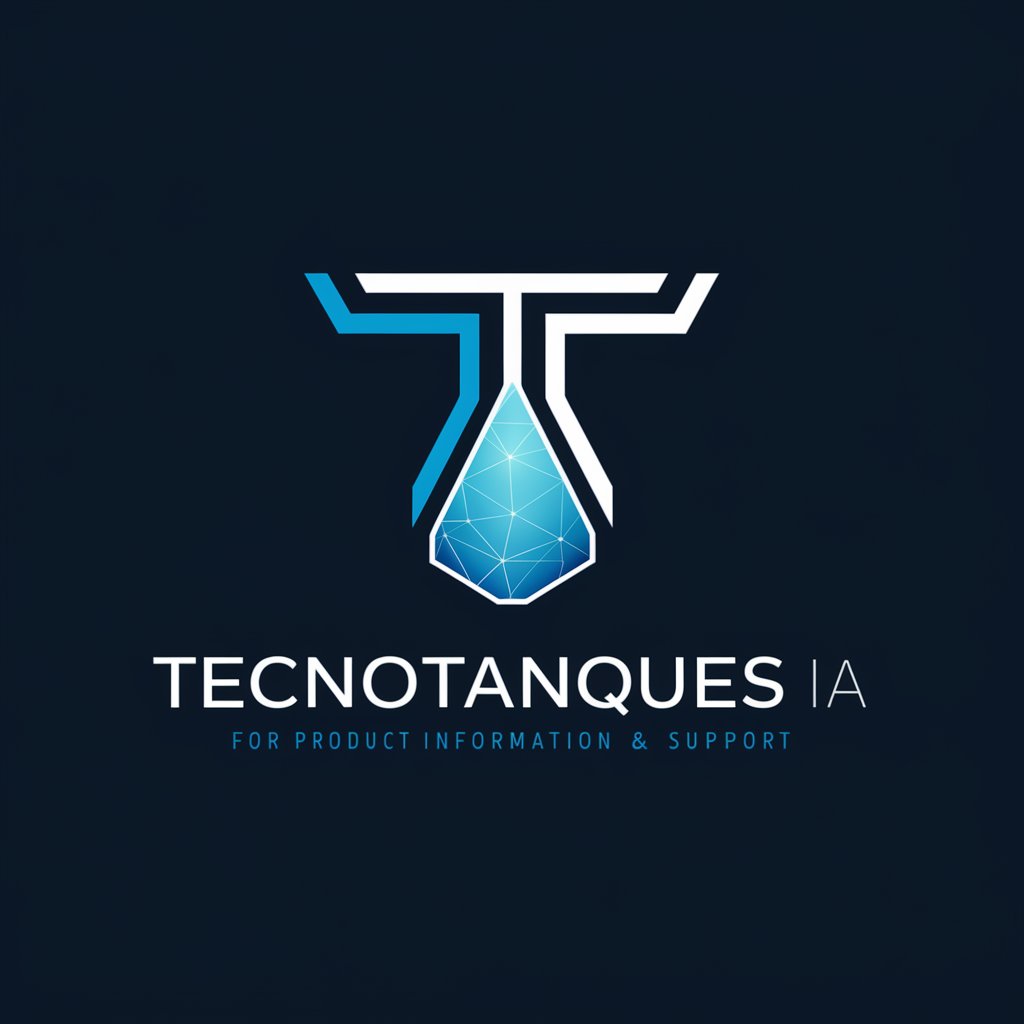
Daniel
Empowering Investment Decisions with AI

CareerMatch
Empowering Your Career with AI

Marketing InstaBoost
Elevate Your Marketing with AI
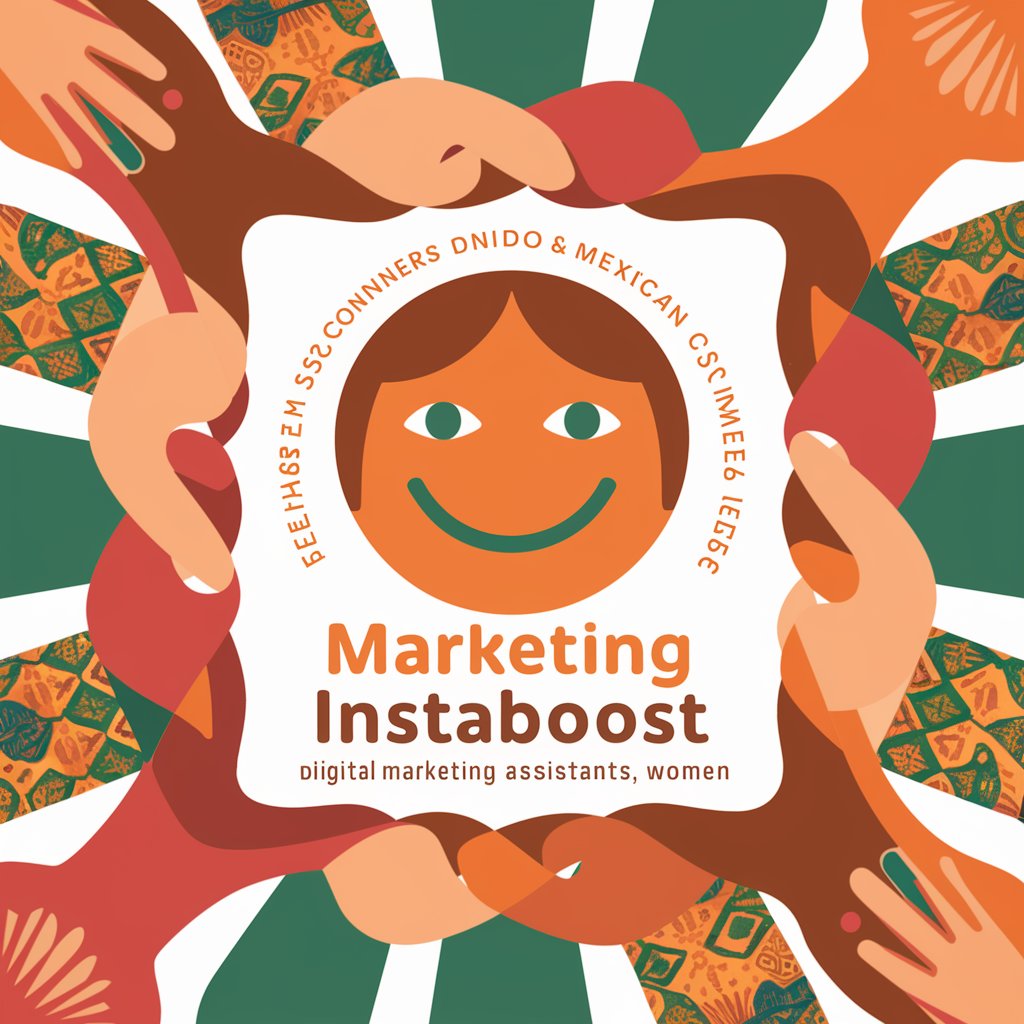
Occupating
Empowering your job search with AI.
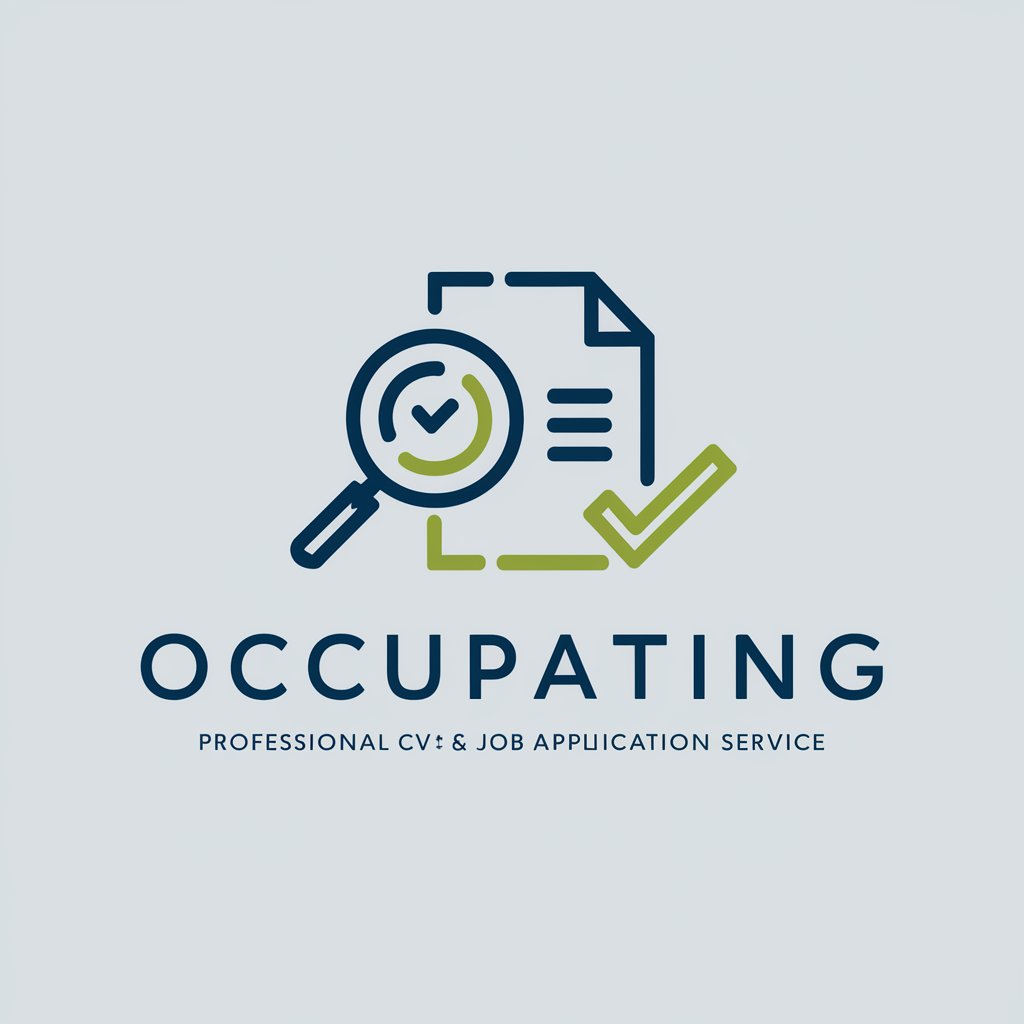
CVchating
Craft Your Professional Story with AI
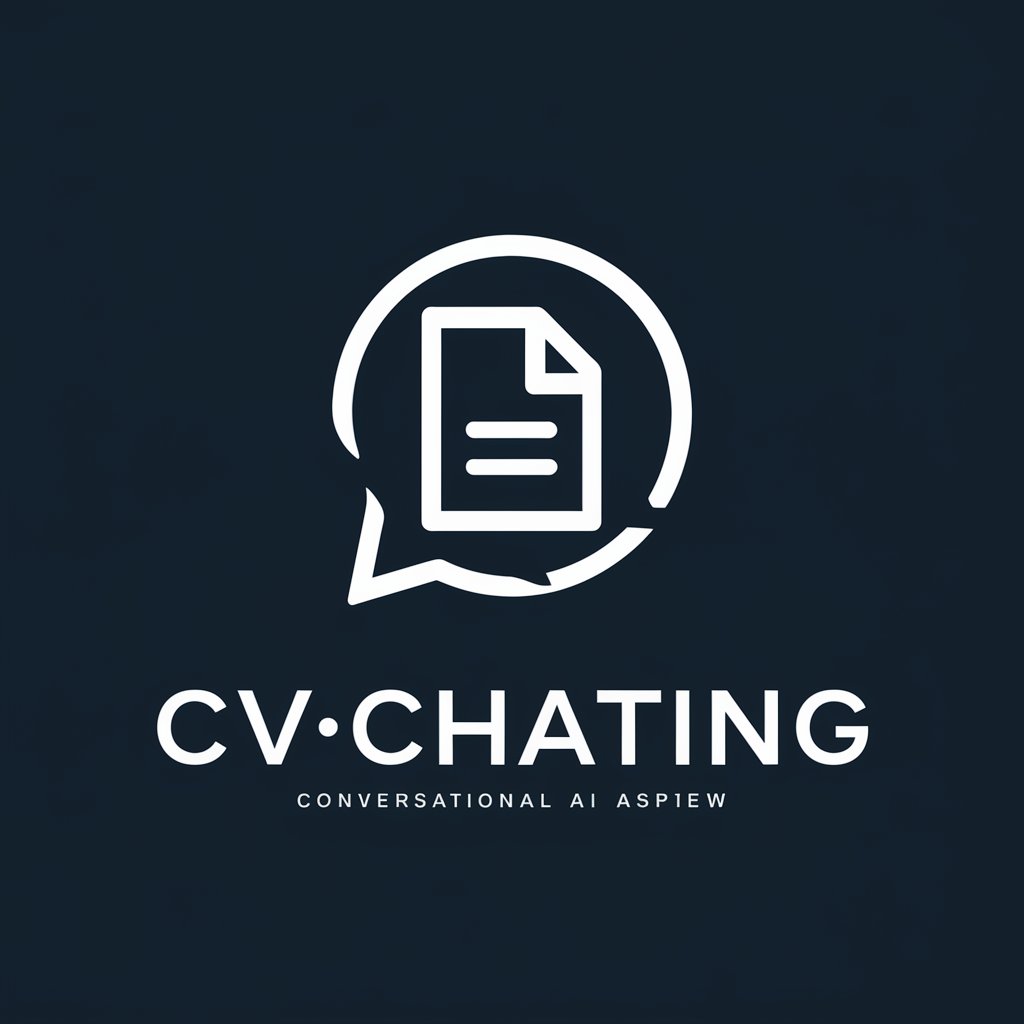
Digital Sales Pro
Elevate Your Digital Sales with AI
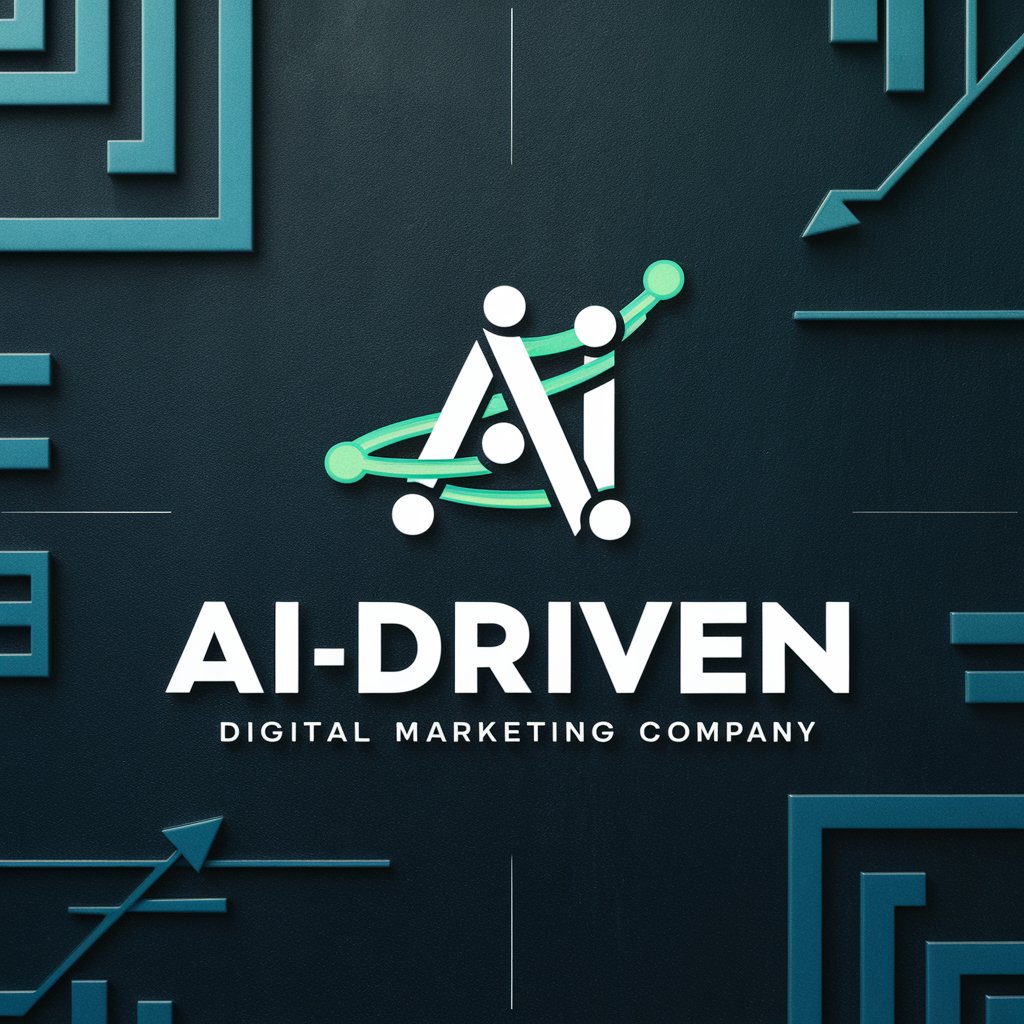
Social Media Expert
AI-Driven Social Media Mastery

CineLingua
AI-powered movie script and subtitle adaptation
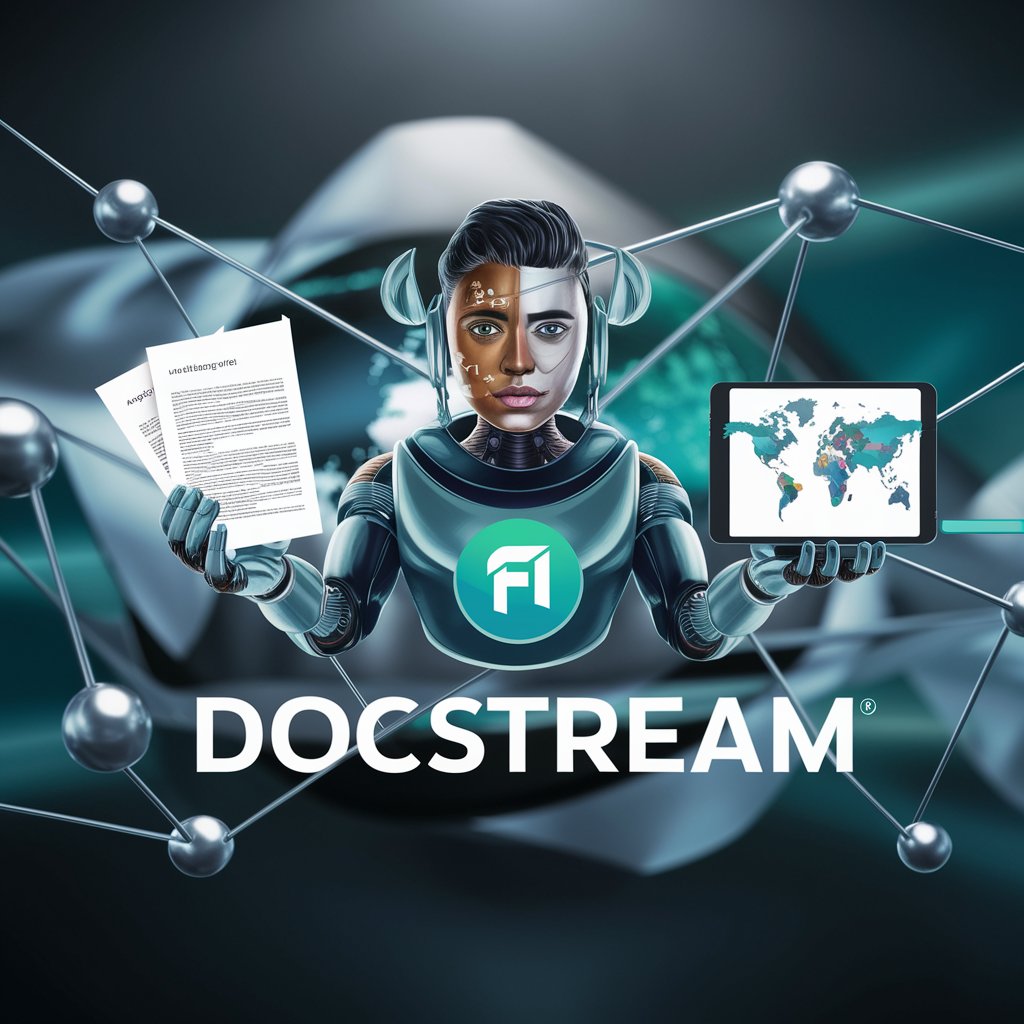
Linkdn Post Generator
Elevate Your LinkedIn with AI-Driven Titles
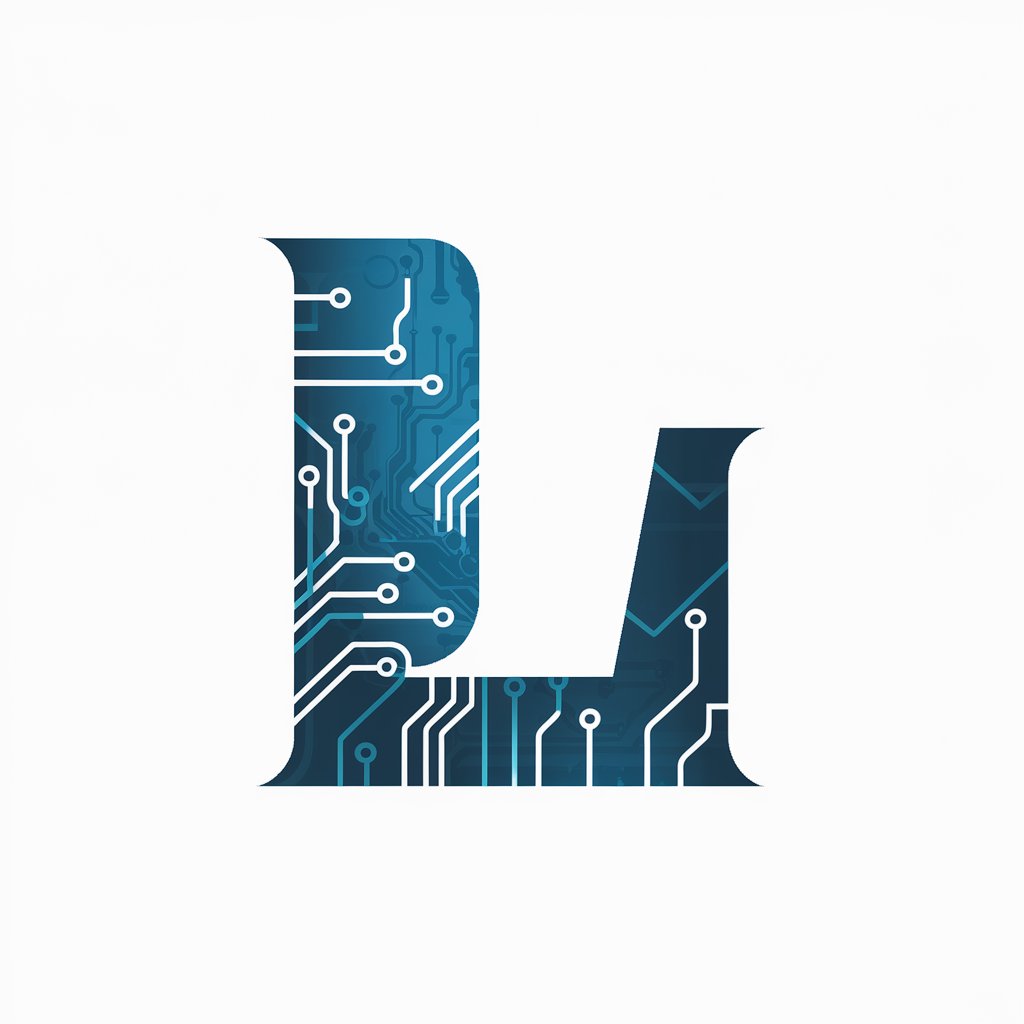
Filosofia da Tecnologia
Exploring technology through philosophical inquiry.
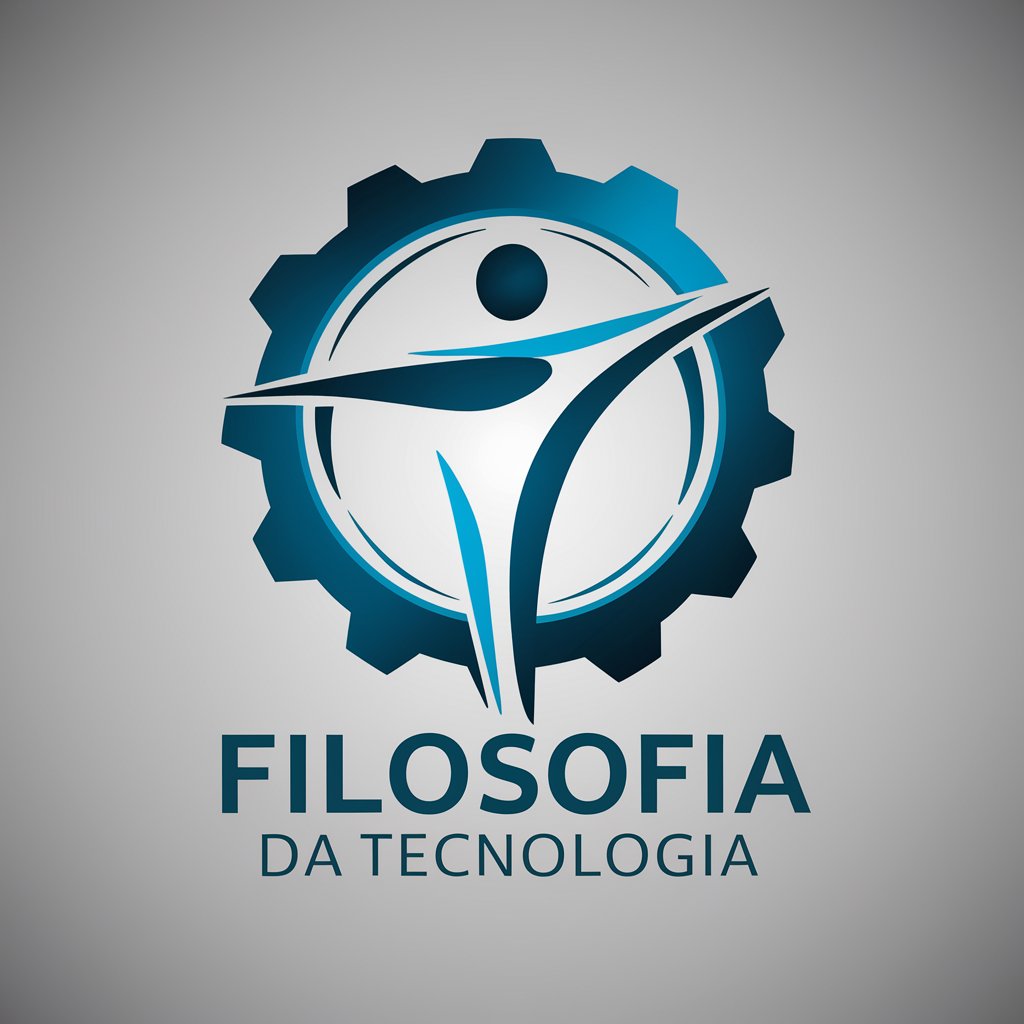
Redator Chefe | Blog da Engenharia
Elevating Engineering Blogs with AI

Frequently Asked Questions about CDT GPT
What is CDT GPT and how does it work?
CDT GPT is a specialized AI tool designed to evaluate clock drawings using the BaJa Classification system, analyzing elements such as number placement and hand positions to assist in cognitive assessment.
Who can benefit from using CDT GPT?
Healthcare professionals, caregivers, and individuals seeking preliminary cognitive assessments might find CDT GPT particularly useful for early detection of cognitive impairments.
What do I need to use CDT GPT?
You need a device with internet access, a clock drawing in digital format (JPEG or PNG), and knowledge of the time setting the drawing should represent (11:10 AM or 11:20 PM).
Is CDT GPT a substitute for professional medical advice?
No, CDT GPT is an informational tool that provides preliminary assessments. It is not a substitute for professional medical advice, diagnosis, or treatment.
How accurate is CDT GPT?
CDT GPT offers assessments with a sensitivity of 54-65% and specificity of 59-75%. While useful, results should be followed up with professional medical evaluation.
